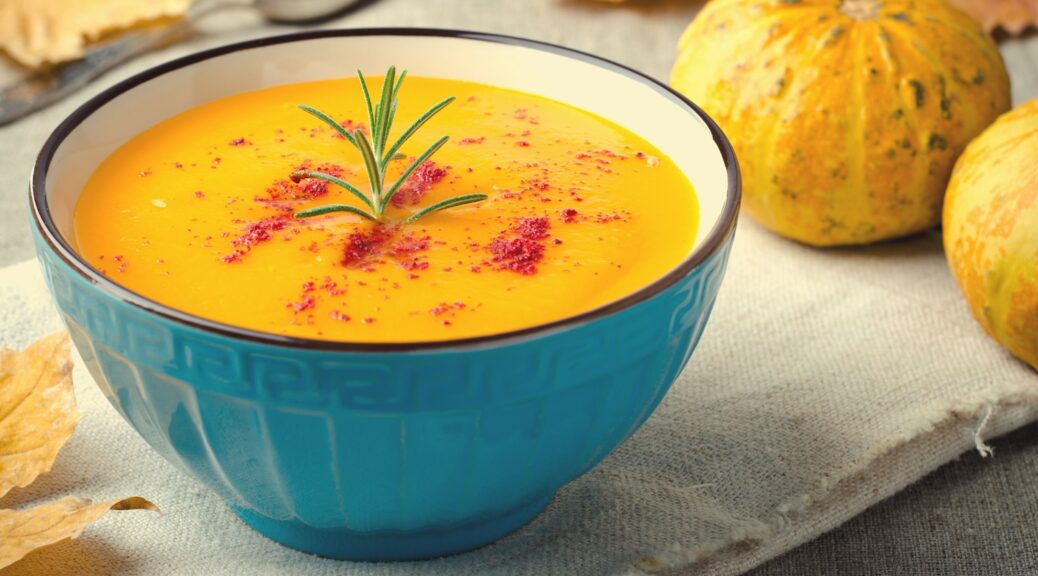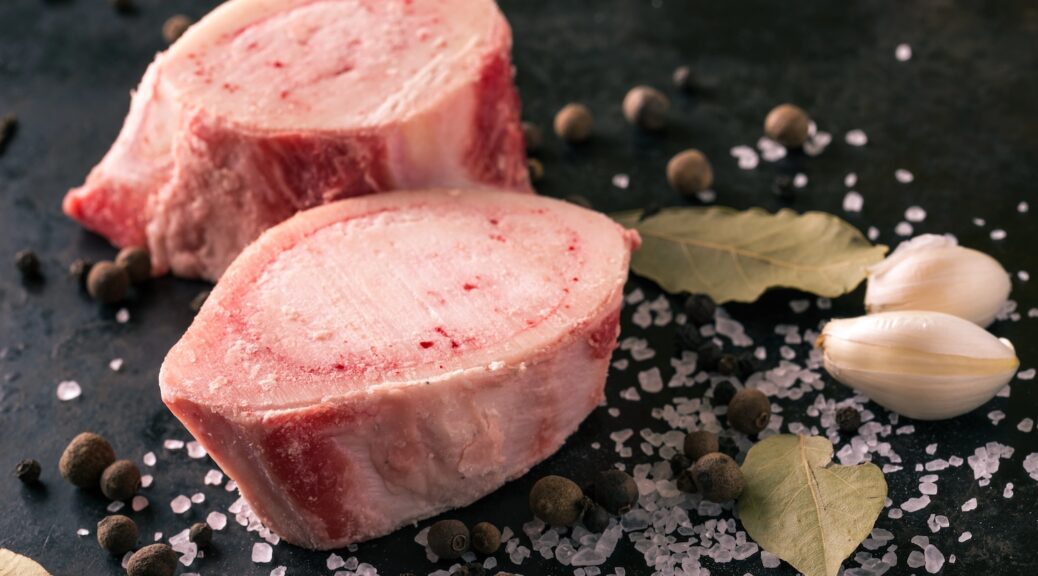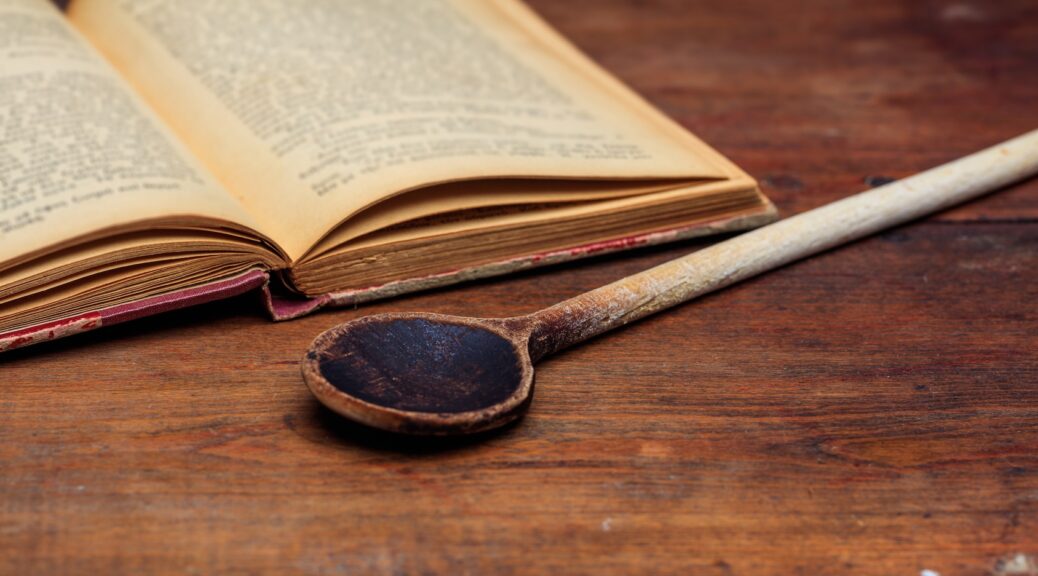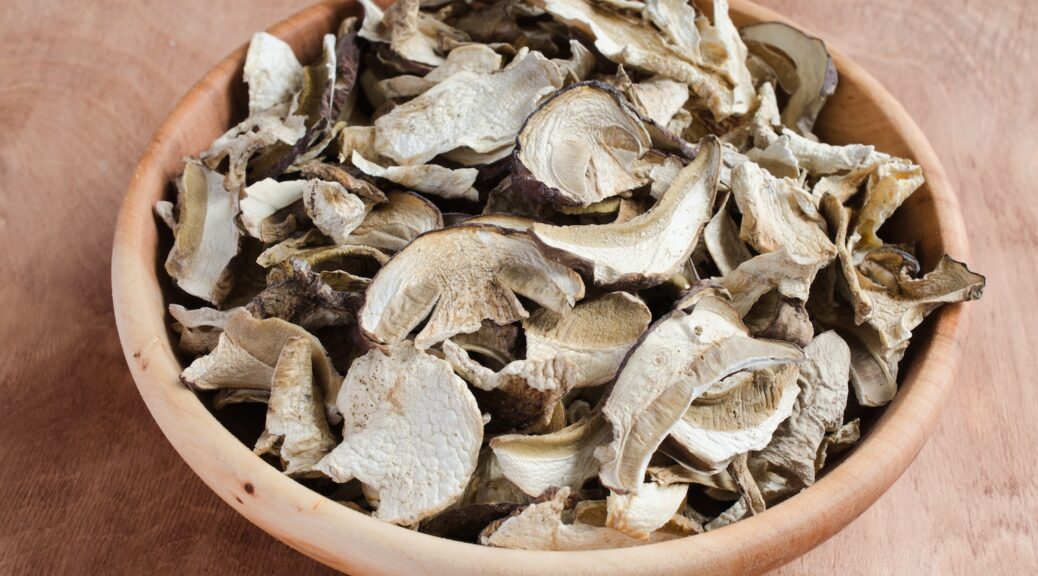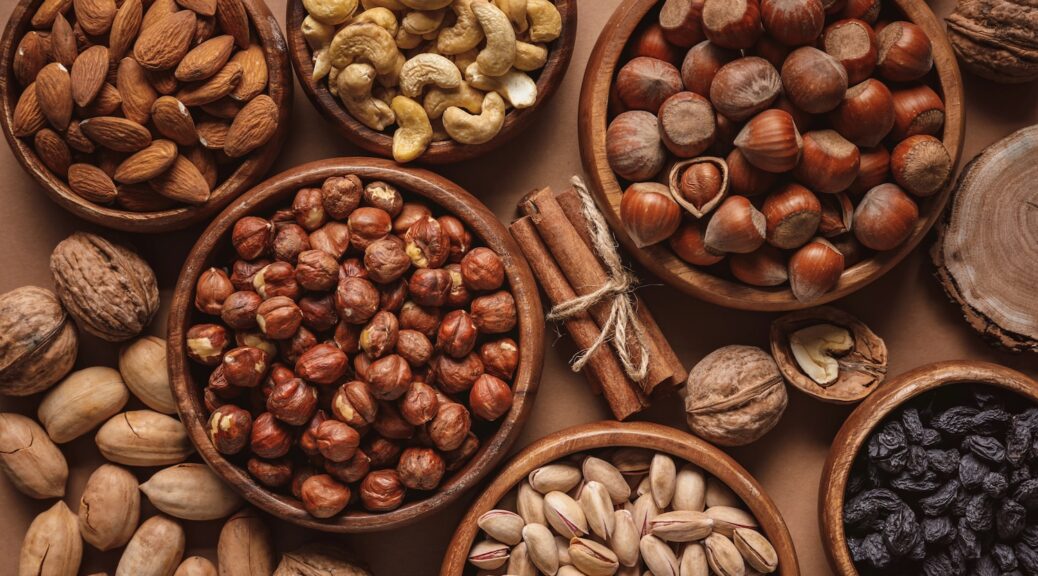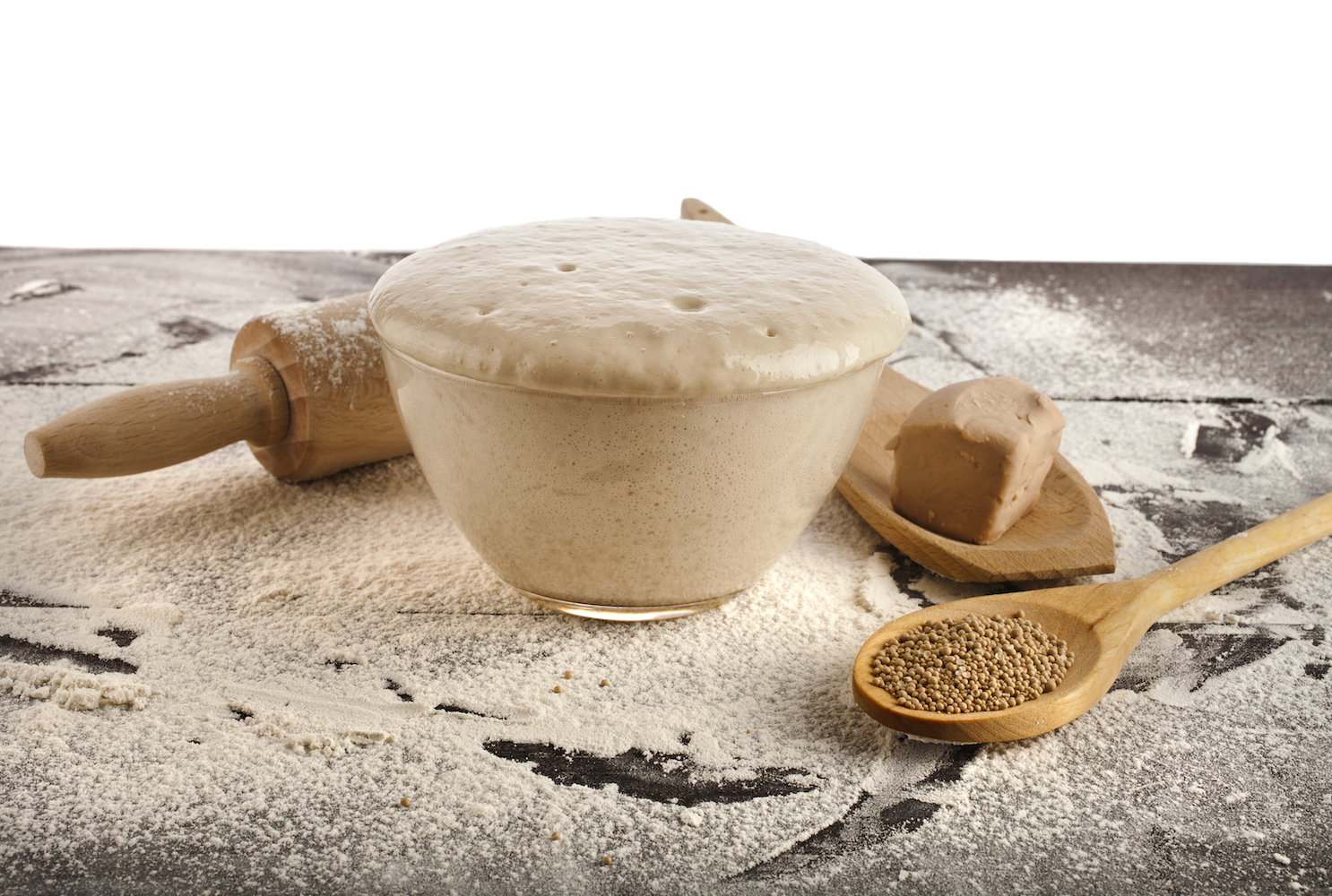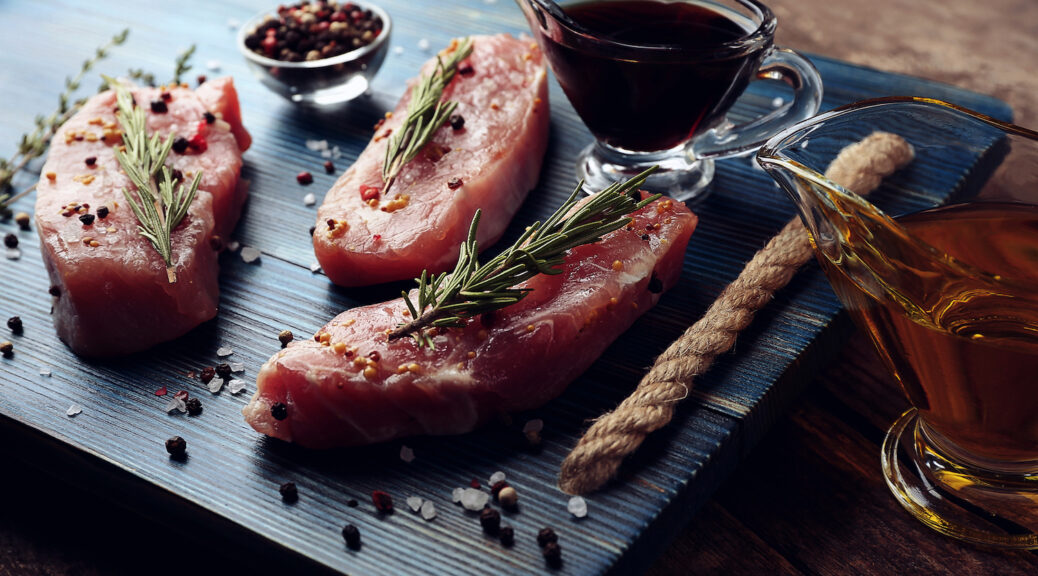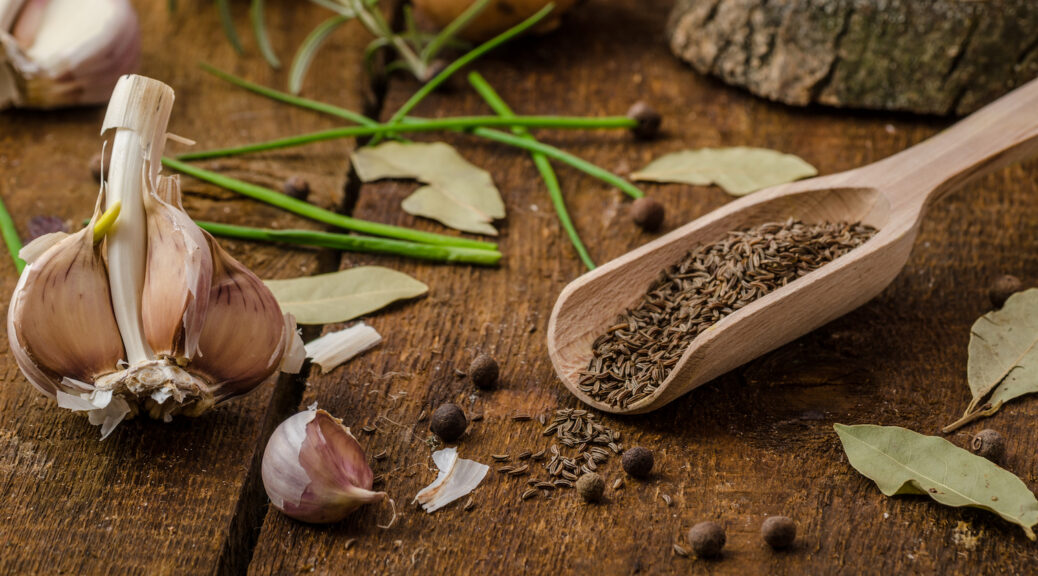How to Make Tasty Vegetable Purées
A purée is a cooked food, usually made from fruits or vegetables. The cooked food is pushed through a sieve, or put in a blender or food processor to achieve a smooth, creamy consistency. Of course, in the 1800s, only sieves were used since blenders and food processors run on electricity. Purées can be similar to cream soups, which are made with a base of cream or milk. Cream soups usually are made with vegetables, too, which are cooked until tender, then…
